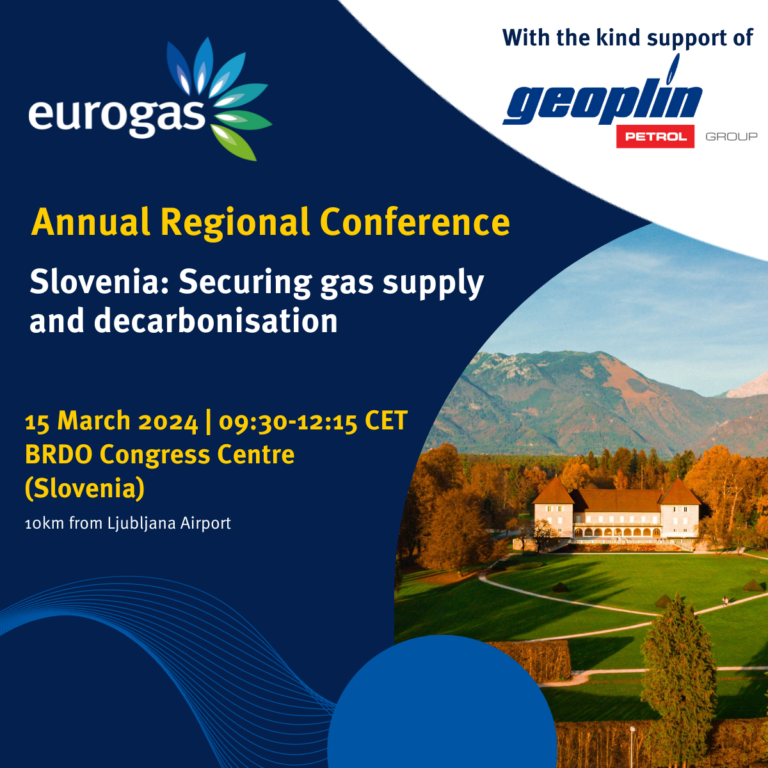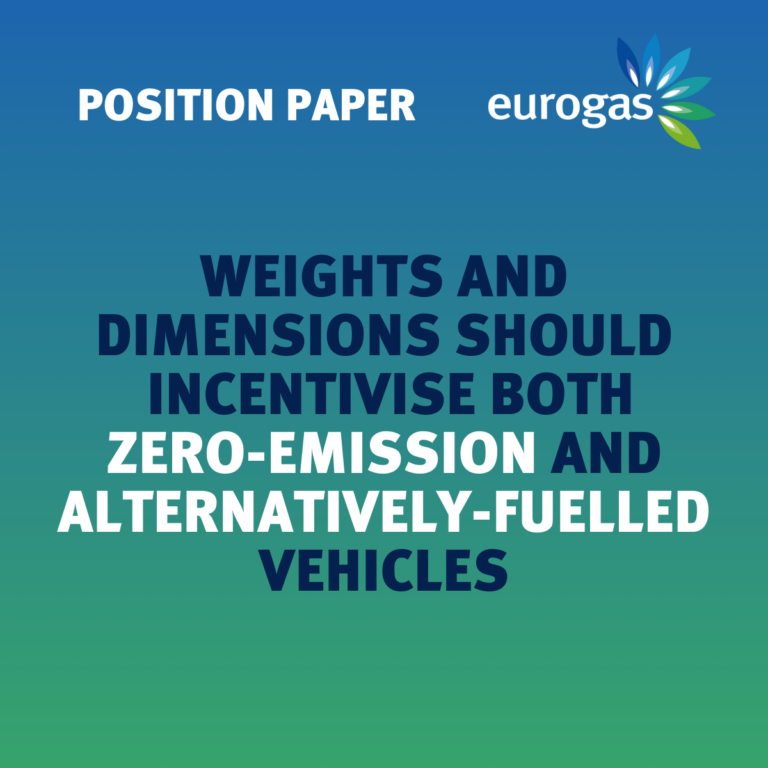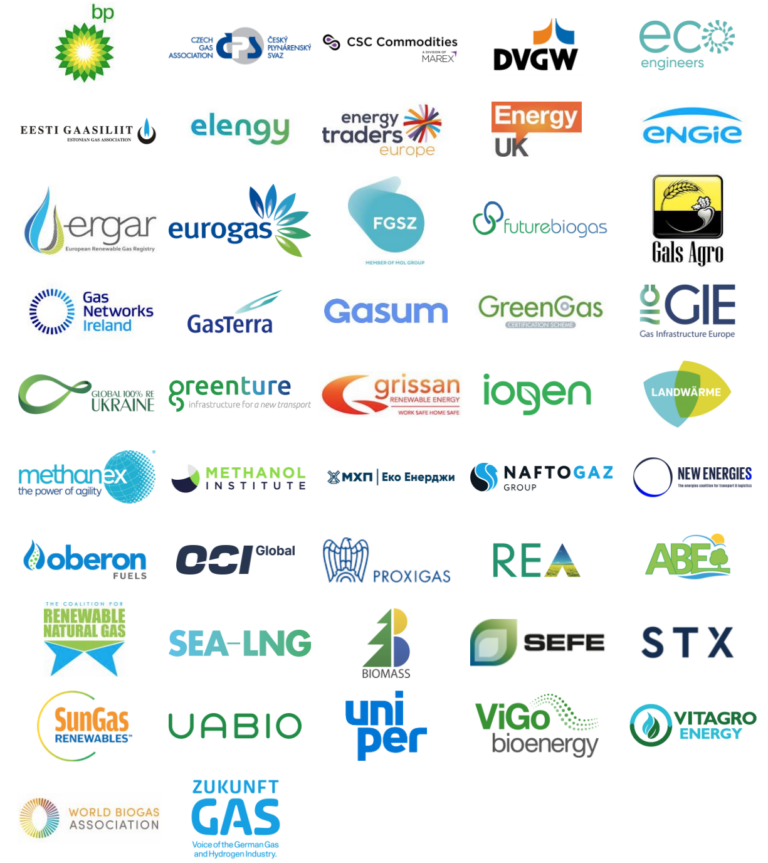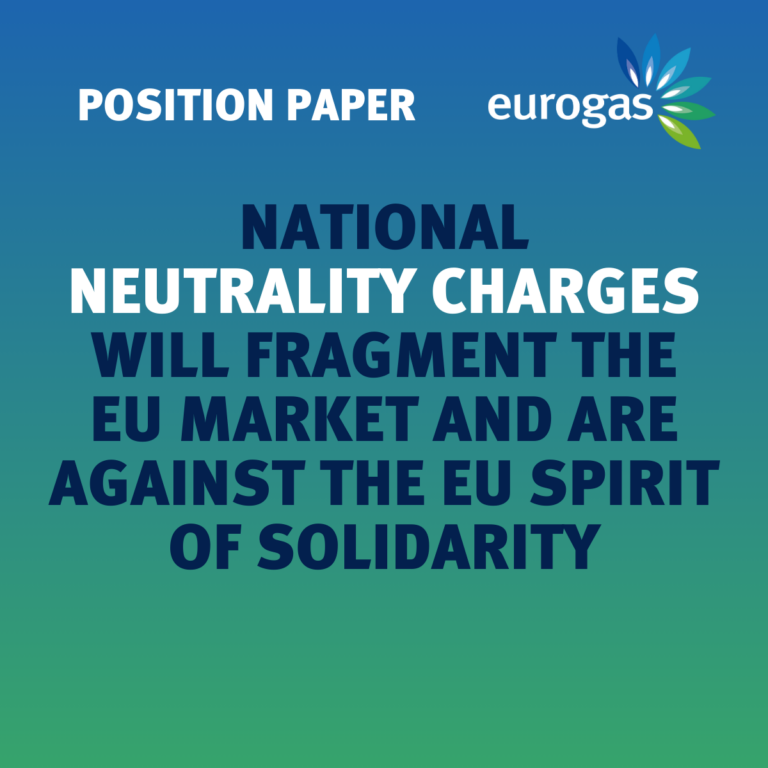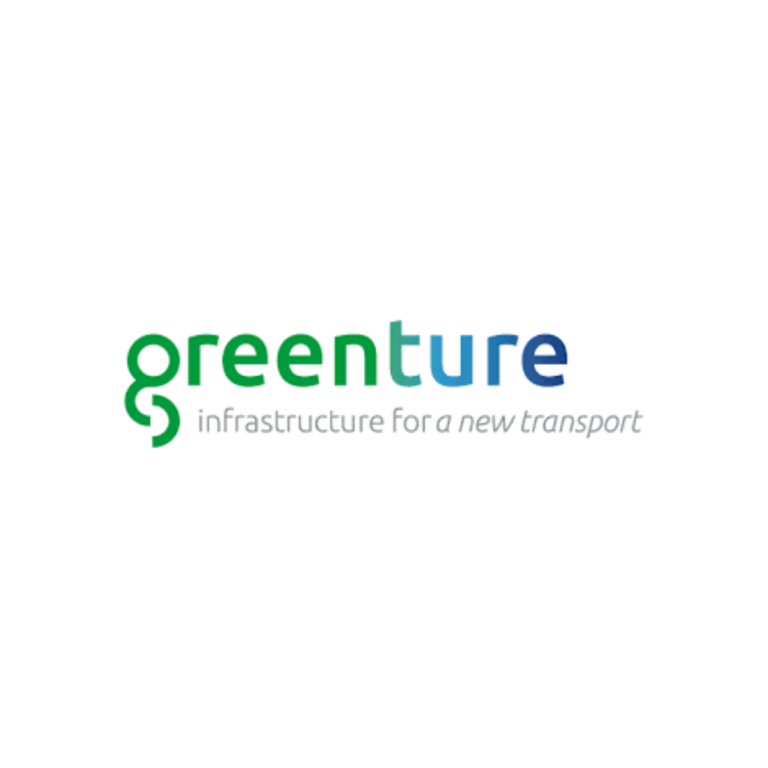
Editorial: Bronagh O’Hagan, Communications Director
Dear readers,
December has seen the launch of the Decarbonised Gas Market Package, we’ve joined the Sustainable Biomethane Alliance, welcomed a new member, and hosted our last few events of the year (watch them online if you missed them – one on digitalising the distribution networks and a very timely one of the gas package revision).
We’ve got a nice line-up of content this month. For those not planning to read the gas package revision over the break, you could go for the key takeaways article by Eurogas Policy Director, Andreas Guth, below instead.
We also have a contribution from Daan Peters of Common Futures. Daan explains where Europe is on biomethane deployment and the aims of the recent Biomethane Declaration. Eurogas will now be working alongside other signatories in the Sustainable Biomethane Alliance, advocating for rapid scale-up of biomethane across the EU.
We’re very pleased to introduce Pavilion Energy as a new member. Below, their Managing Director, Jose Simon, writes about the importance of LNG in the energy transition and their GHG emissions reporting methodology.
And finally, we have an article from Peter Kristensen, chairman of the Ready4H2 project. Ready4H2 aims to assess how DSOs can support the hydrogen market. The group’s first report shows that 96% of the grids across Europe are already fit for hydrogen. Importantly, it also outlines how the revision of the gas package can speed up the process of leveraging those gains for commercial businesses, residential homes and industries.
Enjoy the newsletter. We hope you will all get to switch off soon and enjoy the holidays.
Best wishes for a peaceful break from the Eurogas team,
Bronagh O’Hagan,
Communications Director, Eurogas
The gas package is a good start, but more ambition needed: Andreas Guth, Policy Director
Last week, the publication of the Decarbonised Gas Market Package delivered some of the missing pieces of the Fit for 55. A key message from the new legislation is the European Commission’s recognition of the role of gases in the energy transition. That includes acknowledgement of the potential of low carbon and renewable gases.
Today gas constitutes 22% of the total EU energy consumption. In 2050, gaseous fuels will meet about 20% of the total EU energy consumption. About two thirds of that will be made up of renewable and low carbon gases. The remaining one third will be met with natural gas in combination with carbon capture, utilisation and storage. The Commissions also recognises that households will still continue to use gas, including natural gas, in the future.
To get there, we need more ambition in the decarbonisation of gas consumption. That means including binding 2030 targets for GHG emissions reductions of 20% – along with the 11% of renewable gases we are calling for in the July package. While effective carbon pricing signals for consumers are important, these signals may not be enough in the short to medium term, to kick start investments at the required scale. Targets are essential to meet overall decarbonisation objectives across all sectors and create an environment of certainty for consumers and investors.
The reduction of GHG emissions is addressed throughout the gas package, including in the Methane Regulation. As a member of the Methane Guiding Principles and OGMP 2.0, we support the implementation of a coherent framework to report and manage methane emissions. We welcome the proposal and believe that it is essential that the provisions are consistent and reinforce existing international voluntary initiatives, such as the OGMP 2.0. There is a great opportunity with this package to create a consistent approach across all Member States.
Crucially, we should not close the door to gases playing a role in decarbonising the heating sector. Just as no one technology will get us to carbon neutrality by 2050, energy efficiency improvements and electrification alone cannot deliver decarbonisation objectives in buildings across all Member States. The gas grid and the electricity grid can mutually support each other as they decarbonise. Gases – natural, renewable and low carbon – are going to bring the buildings sector through a cheaper, faster transition. Gas distribution grids are perfectly placed in the sense that they can connect to decentralised renewable energy production on one end, and end users, like buildings, on the other. Gas and electricity planning should be closely integrated to make the most of these potential gains. Gas DSOs will play an important role in optimising sector integration and gas decarbonisation. They need to have a good share of voice – a dedicated gas DSO entity could secure that. Adequate rules are needed to enable a competitive market for renewable and low carbon gases and ensure that DSOs can deliver increasing shares of sustainable energy to residential and industrial consumers.
We were happy to see that the European Commission recognised the role of gases in the energy transition. However, we need more certainty for investors to scale up the deployment of low carbon and renewable gases. For that, we need clear and binding targets. We need coherence across the ‘Fit for 55’ package. We need to draw on the benefits that the gas sector has to offer in terms of system integration and energy system efficiency. And we need to keep in mind that the energy systems across Member States vary greatly and require tailored solutions to decarbonise.
Andreas Guth,
Policy Director, Eurogas

Full recording: Moving Forward with Gas Decarbonisation
The online Let’s Meet! event ‘Moving forward with Gas Decarbonisation’ addressed the revision of the EU rules on gas to ensure that the gas market framework is in line with EU ambiti
A Responsible Energy Transition: José Simón Buela, Pavilion Energy
The pursuit of a cleaner energy future is top of the agenda for governments and corporations worldwide. The recent price environment in global energy markets has however revealed the energy transition challenges of managing the twin agendas of reducing emissions and ensuring energy security. The interplay between the availability and prices of clean energy, gas, coal, power and emissions has resulted in a constantly changing energy mix and heightened volatility.
What is clear is that a lower carbon future must be contemplated alongside ensuring energy security in a balanced and measured way. The global energy systems of today have been built and improved over decades. These systems have served us well and we need them to remain resilient to ensure a smooth energy transition.
Natural gas: an important component of the world’s energy supply
At Pavilion Energy, we believe that natural gas, as the cleanest burning fossil fuel, will continue to be an important component of the world’s energy supply. With well-established infrastructure, it is best placed to serve as a baseload supply – especially as we introduce more renewables into the energy mix.
Even as gas and LNG are a key part of the energy transition, we cannot stop there. The industry must find ways to supply LNG that is as clean as possible by decarbonising along the value chain – through a combination of reducing emissions, technological improvements to facilities that reduce methane slips, or carbon offsets for the emissions that cannot be eliminated. Earlier this year, Pavilion Energy imported Singapore’s first carbon-neutral LNG cargo. We believe that with high-quality carbon offsets, we can supply carbon-neutral LNG and allow market forces to recognise the costs of emissions and drive improvements across the LNG value chain.
But that is not enough. To pave the way towards more decarbonisation strategies, Pavilion Energy advocates for transparency and accuracy of GHG emissions associated with delivered LNG cargoes. We believe that a greater understanding of where major emissions occur will increase accountability and encourage initiatives to proactively reduce emissions. Last month, Pavilion Energy, together with QatarEnergy and Chevron, jointly published the SGE Methodology: a quantification and reporting methodology for GHG emissions for delivered LNG cargoes. Intended for wide adoption, it is the first published methodology to be applied to sales and purchase agreements. LNG cargoes supplied to Pavilion Energy in Singapore from QatarEnergy and Chevron will be accompanied by a statement of GHG emissions, detailing GHG emissions from wellhead to discharge terminal.
Pavilion Energy is also actively exploring alternative energies in the areas of hydrogen, ammonia and biomethane to ensure we stay relevant in the energy transition process.
To conclude, our goal as an industry must be to pursue our environmental targets in a responsible way, while safeguarding the resiliency of our energy supply. Even as we look towards a future of clean energy, we cannot afford to overlook the current systems that provide stable and reliable energy.
José Simón Buela,
Managing Director, Pavilion Energy Spain, S.A.U

96% of European gas distribution grids fit for hydrogen: Peter Kristensen, Ready4H2
The Ready4H2 project consists of 90 gas Distribution System Operators (DSO) from 16 European countries, along with companies and organisations. The group has launched the first of a series of reports looking at how gas DSOs can support the build-up of a strong hydrogen market and help realise Europe’s climate and energy ambitions.
The report outlines that 96% of grid materials are already fit for conversion to hydrogen and that it is four times cheaper to transport hydrogen by pipeline than by truck. However, it clearly demonstrates that if we don’t create the right framework to make the most of this infrastructure, it will take until 2035 to start leveraging gains at scale. DSOs’ assets, organisation, and competencies leave them perfectly placed to drive the scale up of hydrogen markets.
READY4H2 members heat 64 million households directly and supply a further 12,000 combined heat and power plants to run district heating systems. We connect to 3 million businesses, including restaurants, commercial heating, and vehicle fleets. We also serve 150,000 industrial premises, including glass and ceramics that need a gaseous flame at a competitive price. Our networks are extremely reliable, with very few interruptions to gas supply. Both individually and collectively, READY4H2 members are working towards decarbonisation. As one example, we’ve been progressing on renewable gas grid injections, with over 600 biomethane plants connected across Europe.
This recent collaboration and its first report are an important step towards providing critical evidence, from experience in hydrogen pilots, research projects, and previous towns gas conversions. Despite the promising potential of hydrogen, a number of technological, commercial, public, regulatory and organisational barriers, stand in the way. These include uncertainties related to price and volumes, and a lack of awareness of hydrogen’s decarbonisation potential. At the EU level there’s no framework to support DSOs’ role in the uptake of hydrogen and that’s a major obstacle to further develop the market.
The report identified the need for a stronger operational mandate for local gas networks at the European level. It also showed the need for more operational flexibility, at both national and local levels, to bring tailor-made hydrogen solutions to consumers sooner.
Through the revision of the Gas Package, it is possible to improve the legislative framework for better governance of the hydrogen market. The Ready4H2 alliance has the technological expertise and capacities that are clearly needed. The reality of local energy transitions has to be recognised by the EU legislation, and enable DSOs to operate dedicated hydrogen grids, rather than only blending in networks. Additionally, Member States should provide DSOs with a mandate to manage the gas quality in their individual networks, thus enabling fit-for-purpose decarbonisation solutions for local suppliers and customers.
Peter Kristensen,
Chairman, Ready4H2
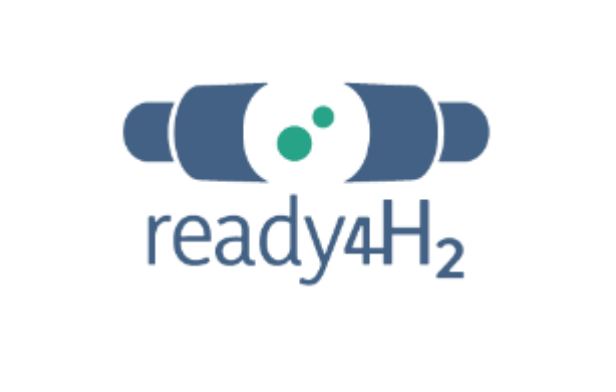
New declaration signals growing momentum for biomethane: Daan Peters, Common Futures
Biomethane has a crucial role to play in the future EU energy system, alongside hydrogen and large quantities of renewable electricity. Yet, the potential that biomethane offers to the energy system is sometimes overlooked. It is up to the value chain to show that biomethane can be scaled-up sustainably at reduced costs. With the energy transition gaining speed, it is time to show that biomethane matters.
Biomethane is the most cost-effective, scalable and sustainable renewable gas today. That’s why almost 30 large companies and associations jointly published a ‘Biomethane Declaration’ last week, outlining a vision to scale-up biomethane to 350 TWh/year by 2030. Eurogas joined in and supports the Declaration, which shows the dedication of Europe’s gas sector to the energy transition.
Biomethane has momentum in countries like France, Italy, Denmark and the Netherlands, where new production capacity increases rapidly. France has a 10% target for renewable gases by 2030 including biomethane, Italy may soon issue a new support scheme for biomethane, and the Netherlands announced a 20% mandate for biomethane in gas grids by 2030. The details still need to be filled in and the obligation may be limited gas consumed by households, which would still increase biomethane consumption with 2bcm in just nine years. The ‘2bcm alliantie’ of Dutch stakeholders has been arguing that such scale-up can be achieved.
Denmark already reached a share of 20% biomethane in its gas grid today and large new biomethane facilities are still being added. Yet, many Member States have not yet created serious biomethane policies, and barriers at the EU level hamper cross-border trade and transport. That’s why the Declaration states that its signatories ‘wish to partner with European and national institutions to optimise the role of biomethane in achieving climate targets and to remove regulatory barriers’.
The Biomethane Declaration was presented to European Commissioner for Energy Kadri Simson in a public online event on 7 December. The Commissioner said that she shared ‘the opinion that biomethane and other renewable gases have a great added value for the energy system’, also referring to Europe’s import dependency. She added that ‘in certain modes of transport we will need renewable molecules in the future, and of course biomethane should play an important role in heating our homes.’ The Commissioner concluded with a request to the group of Declaration signatories: ‘I encourage you to pursue the dialogue with DG Energy experts on how biomethane can play its role in decarbonisation’. Following-up on this, the group will explore what such dialogue could look like and how it could be structured in the coming months.
Daan Peters,
Managing Director, Common Futures

Full recording: Digitalisation of gas distribution networks
GEODE, CEDEC, GD4S and Eurogas organised a webinar on ‘Digitalisation of gas distribution networks: a key enabler for the energy transition’. The event addressed how innovative digital technologies are contributing to the decarbonisation of Europe, delivering the objectives of carbon neutrality before 2050 and the benefit such technologies bring to the EU in terms of clean tech industrial leadership.
Events – Coming up
SAVE THE DATE | Eurogas Annual Conference ‘Shaping the Future of Gas’ | 17 March 2022, 15:00-18:15 (Renaissance Hotel, Brussels)

The conference will look to address the challenges for the energy sector to reduce emissions by at least 55% by 2030 and deliver a climate-neutral EU by 2050, in the context of the publication of the Fit for 55 package and the legislative package around gas and buildings.
Three panels will focus on the transport, heating and industry sectors and their route to decarbonisation. The event will be followed by a networking reception with an Irish band on the occasion of St Patrick’s day.
Stay tuned, more information coming soon!
Europe CCUS & Hydrogen Decarbonisation Summit | 30 & 31 March 2022

The conference will have 300+ C-Level attendees, bringing together decarbonisation policy makers, key industry stake holders, regulators, grid operators, carbon & energy intensive industries, innovators in the field, and leading service companies.
The two-day summit will address approaches for accelerating the roll out of innovative decarbonising technologies.
More information on this event available here.
Eurogas is pleased to be a partner at the Europe CCUS & Hydrogen Decarbonisation Summit (30 & 31 March 2022).

